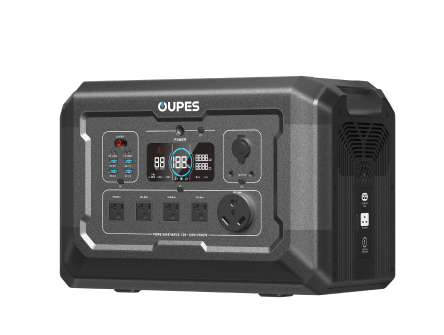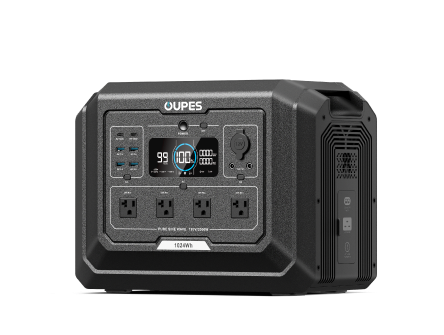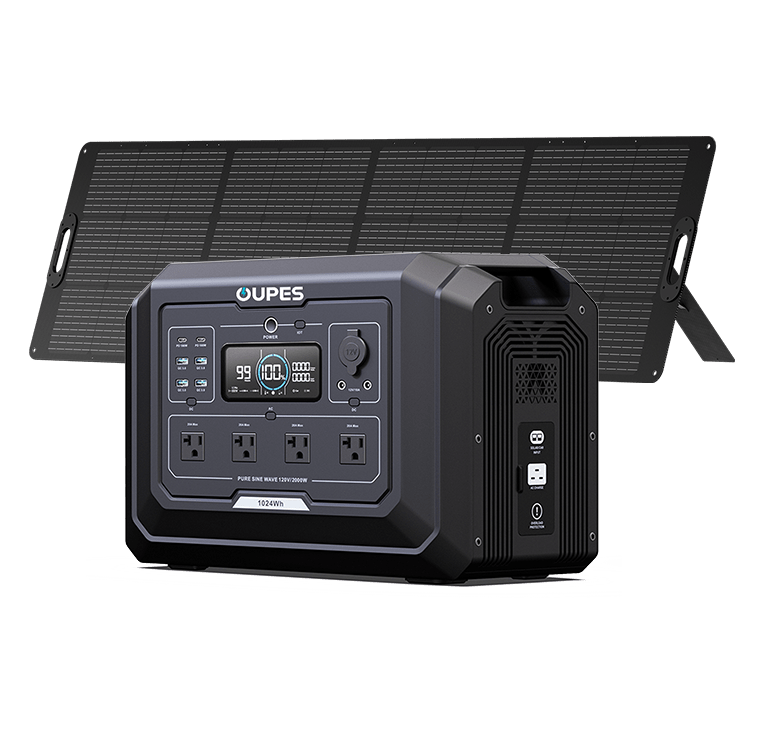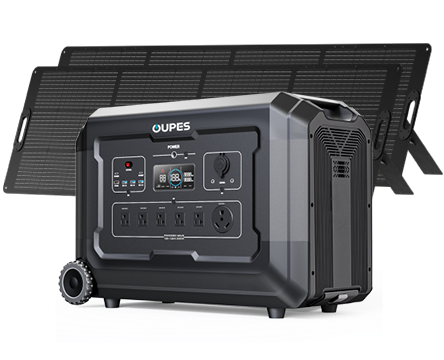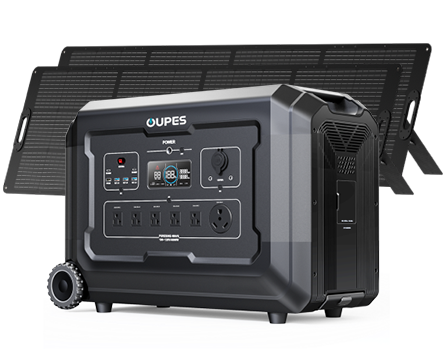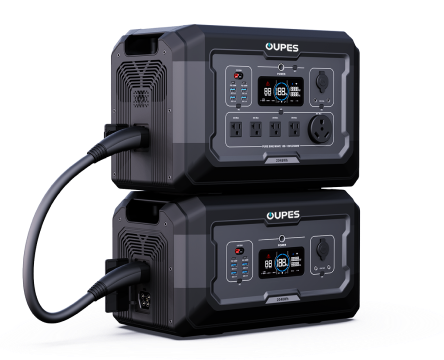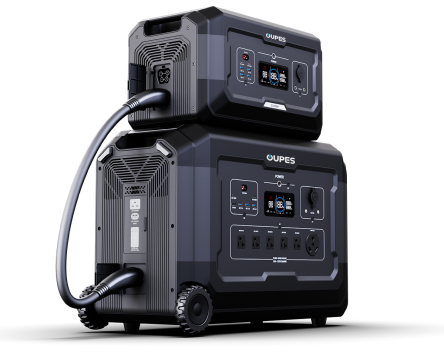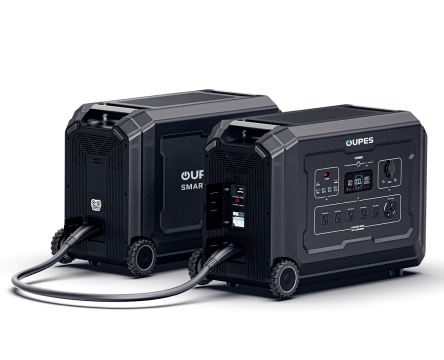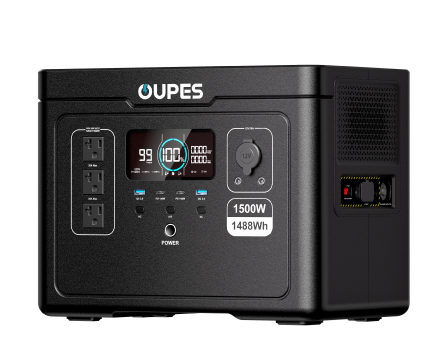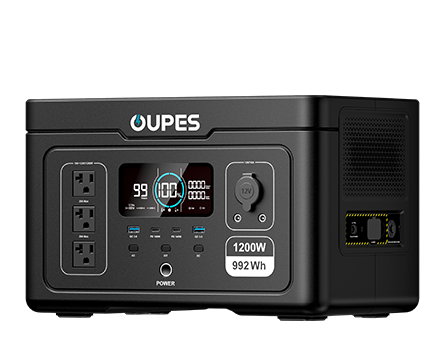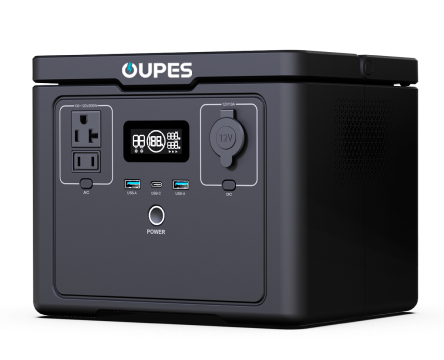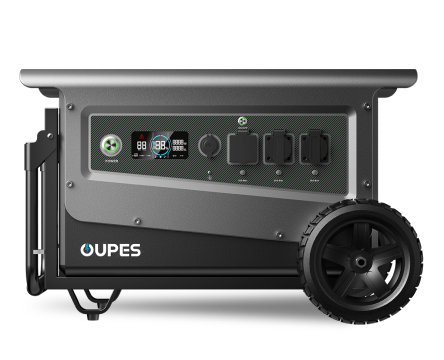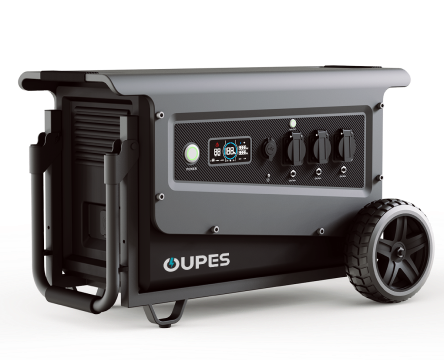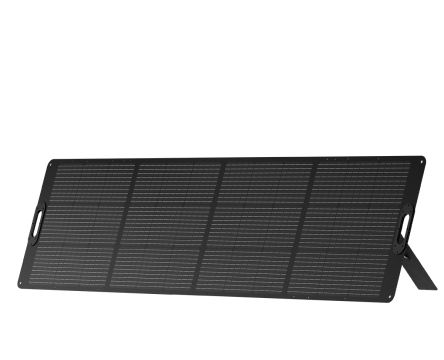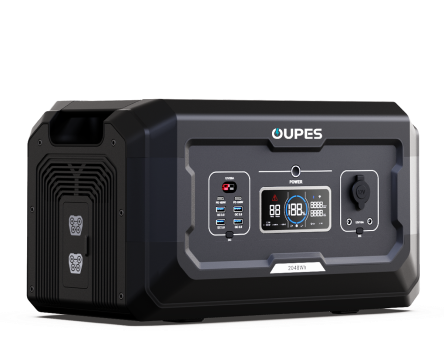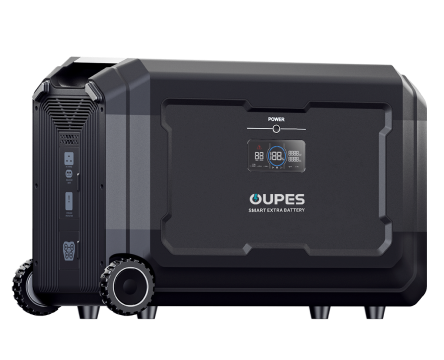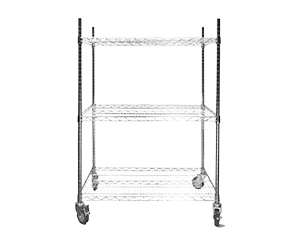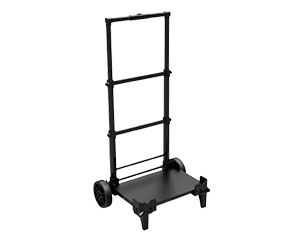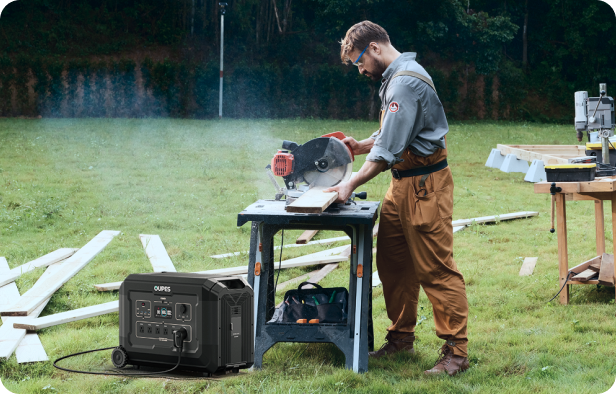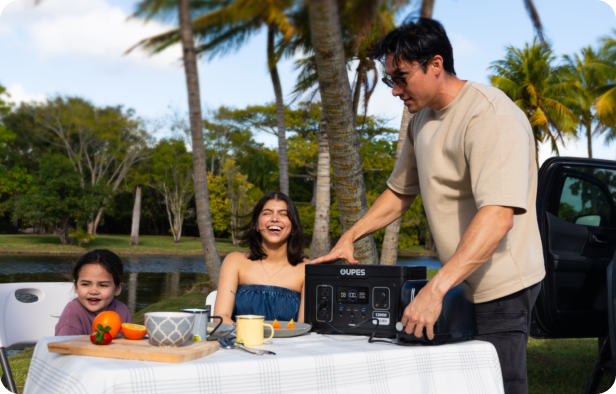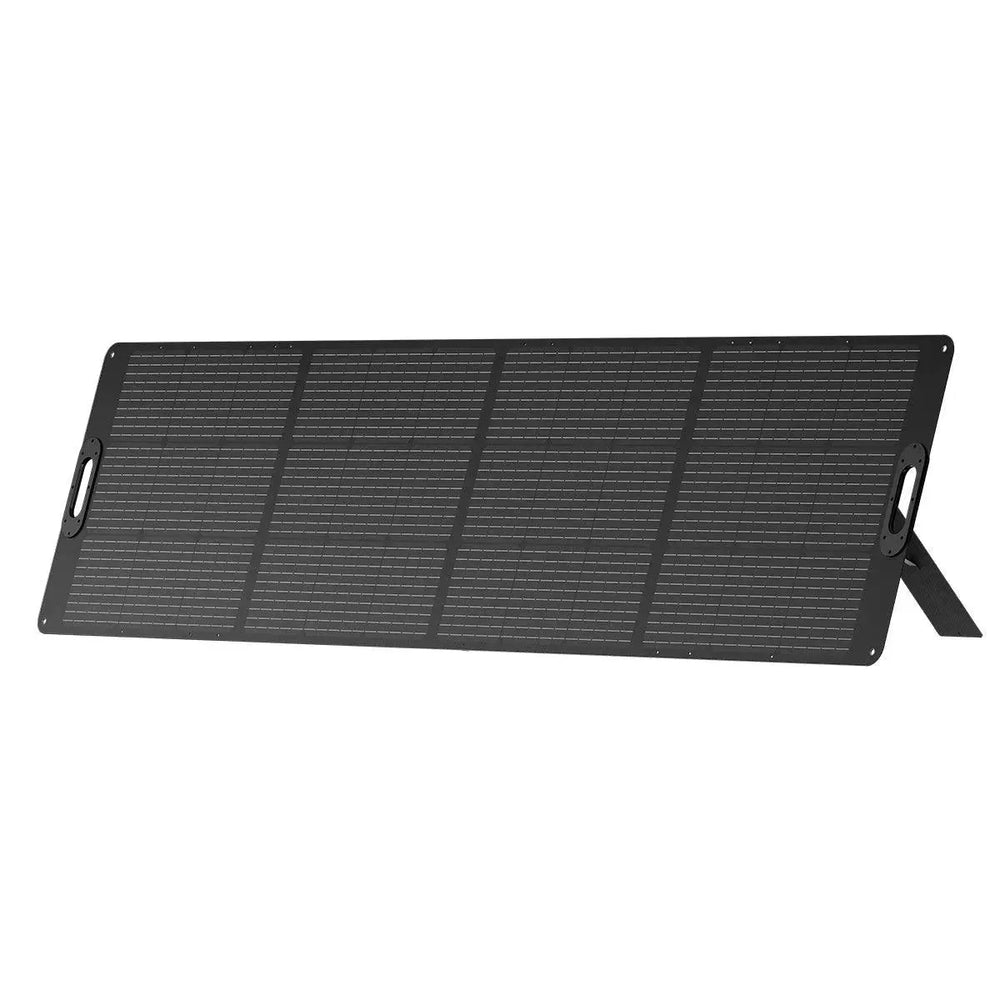
Imagine a scenario where the sun is setting over your remote cabin, but your portable generator hums softly nearby. You’re not forced to choose between unreliable solar power or noisy fossil fuels—instead, you’re leveraging both energy sources to keep your devices alive through the night. This isn’t a fantasy; it’s the practical reality of modern hybrid energy systems. As someone who’s engineered portable power solutions for extreme environments, I’ve seen firsthand how combining generators and solar panels can create unstoppable energy ecosystems. Read on to discover how this synergy transforms battery charging for adventurers, off-grid homesteaders, and anyone craving energy resilience.
Harmonizing Two Energy Sources
The core principle behind dual-power charging lies in energy redundancy and load balancing. When paired intelligently, a generator and solar panel act as complementary systems rather than competitors. During daylight hours, solar energy dominates, feeding directly into batteries while keeping the generator idle. As the sun fades, the generator kicks in seamlessly to prevent battery depletion—a process managed by advanced charge controllers that prioritize solar input first. This dynamic reduces fuel consumption and extends generator lifespan since it only operates when necessary. For instance, OUPES hybrid systems integrate real-time weather sensors to adjust energy allocation, ensuring optimal efficiency even in cloudy conditions.
Psychologically, this setup offers a comforting buffer against energy anxiety. Modern life thrives on constant connectivity, and having two backup power streams eliminates the dreaded "dead zone" where neither solar nor generator is active. This psychological advantage is amplified in critical situations—whether powering medical equipment during disasters or maintaining communication systems for fieldwork teams. The technical foundation relies on multi-input battery chargers capable of prioritizing voltage and current profiles, a capability OUPES engineers have refined through years of field testing.
The Technical Ballet of Charging Systems
Behind the seamless operation lies a sophisticated choreography of electrical components. A triad of critical devices ensures smooth energy flow: MPPT charge controllers for solar input, inverters for AC power conversion, and intelligent battery management systems (BMS) that act as traffic cops. When solar irradiance drops below a threshold, the BMS signals the generator to ramp up output while simultaneously reducing solar input to prevent overvoltage. This ballet requires precise voltage matching—a task OUPES handles through proprietary algorithms embedded in their PowerHub modules, which dynamically adjust charging parameters every millisecond.
A common misconception is that generators and solar panels inherently conflict due to differing voltage profiles. In reality, modern systems use stepped-down transformers and rectifiers to harmonize outputs. For example, a 12V solar panel paired with a 20V generator can coexist peacefully thanks to voltage converters that standardize inputs at the battery bank level. This flexibility extends to energy storage solutions, allowing users to mix lithium-ion batteries optimized for solar with lead-acid units designed for generator use without performance penalties.
Maximizing Efficiency Through Hybrid Configurations
Strategic system design amplifies the benefits of dual-power setups. Parallel configurations allow both energy sources to charge simultaneously, doubling input rates during peak demand. Series setups, conversely, boost overall voltage to power high-voltage appliances directly without battery mediation. OUPES recently introduced a modular system where users can physically interconnect solar panels and generators with plug-and-play connectors, turning energy management into a plug-and-play experience akin to Lego building.
Seasonal adjustments further optimize performance. In winter months with shorter daylight hours, generators assume a larger role while solar acts as a supplementary daytime boost. Summer brings the reverse, with solar dominating and generators serving as emergency backups. This adaptability requires scalable systems—another area where OUPES excels with their expandable PowerGrid kits that grow with user needs. The key takeaway is that hybrid systems aren’t one-size-fits-all; they require tailored configurations based on geographic location, energy demands, and environmental factors.
Practical Considerations for Real-World Applications
No energy strategy survives contact with reality unscathed.噪音 control emerges as a critical factor, especially in residential areas or wilderness settings. OUPES addresses this with whisper-quiet inverters and sound-dampening enclosures, transforming generators from obnoxious nuisances into background appliances. Weight distribution also matters—a 500W generator paired with a 200W solar panel array must be balanced to prevent tipping in mobile applications, a challenge OUPES mitigates through carbon fiber-reinforced racks.
Maintenance routines evolve in hybrid systems. Solar panels require periodic cleaning and angle adjustments, while generators demand fuel storage solutions and spark plug maintenance. OUPES’ automated monitoring platform provides predictive analytics to anticipate failures before they occur, notifying users when to service their equipment. Environmental factors like dust storms or extreme temperatures also affect performance thresholds, which our systems handle through adaptive algorithms that adjust charging profiles on the fly.
The Future of Dual-Mode Energy Harvesting
Emerging technologies are poised to redefine hybrid charging. AI-powered systems will soon analyze decades of weather data to predict energy availability, pre-emptively adjusting generator runtimes to align with predicted solar deficits. Solid-state batteries offer higher charge acceptance rates, enabling faster top-offs from either source. Even energy harvesting textiles could integrate with solar panels, creating clothing that charges devices while generating power passively.
OUPES is at the forefront of this evolution with our NetZero生态系统, which integrates solar, wind, and generator inputs into a unified energy matrix. This system not only charges batteries but also feeds surplus energy back into local grids, creating a microgrid that operates independently of utility companies. As battery technology advances and energy storage costs plummet, the line between portable generators and grid-tied systems will blur, making hybrid setups the default choice for anyone serious about energy independence.
In conclusion, the marriage of generators and solar panels represents a paradigm shift in portable energy management. By combining the reliability of fossil fuels with the inexhaustibility of sunlight, users gain unprecedented control over their energy future. Whether powering a remote cabin, a disaster response team, or an off-grid homestead, these hybrid systems deliver the resilience needed to thrive in an uncertain world. As OUPES continues to push the boundaries of what’s possible, we invite readers to explore our range of hybrid solutions designed to turn energy scarcity into abundance.

